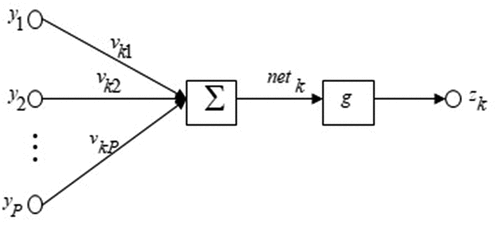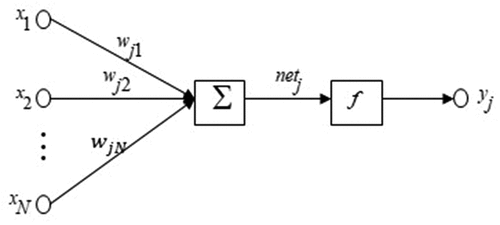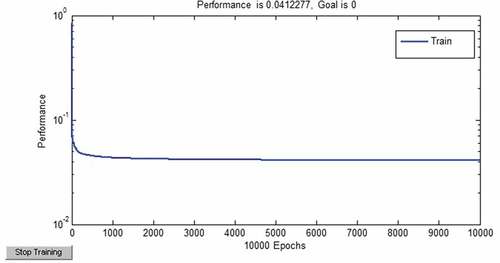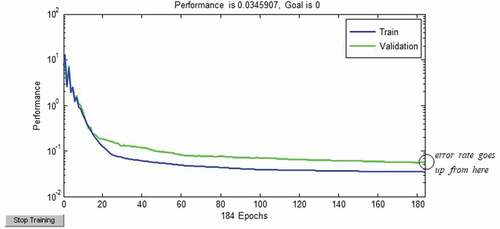Figures & data
Table 1. Parameters for the two-class normal mixture data
Table 2. Closest error rates without early stopping
Table 3. Closest error rates with early stopping
Data availability statement
The dataset used in this study was an artificial two-class normal mixture dataset generated using the MATLAB programming language version 9.2 (R2017a), with the MATLAB codes provided in the Appendix section of this article.







